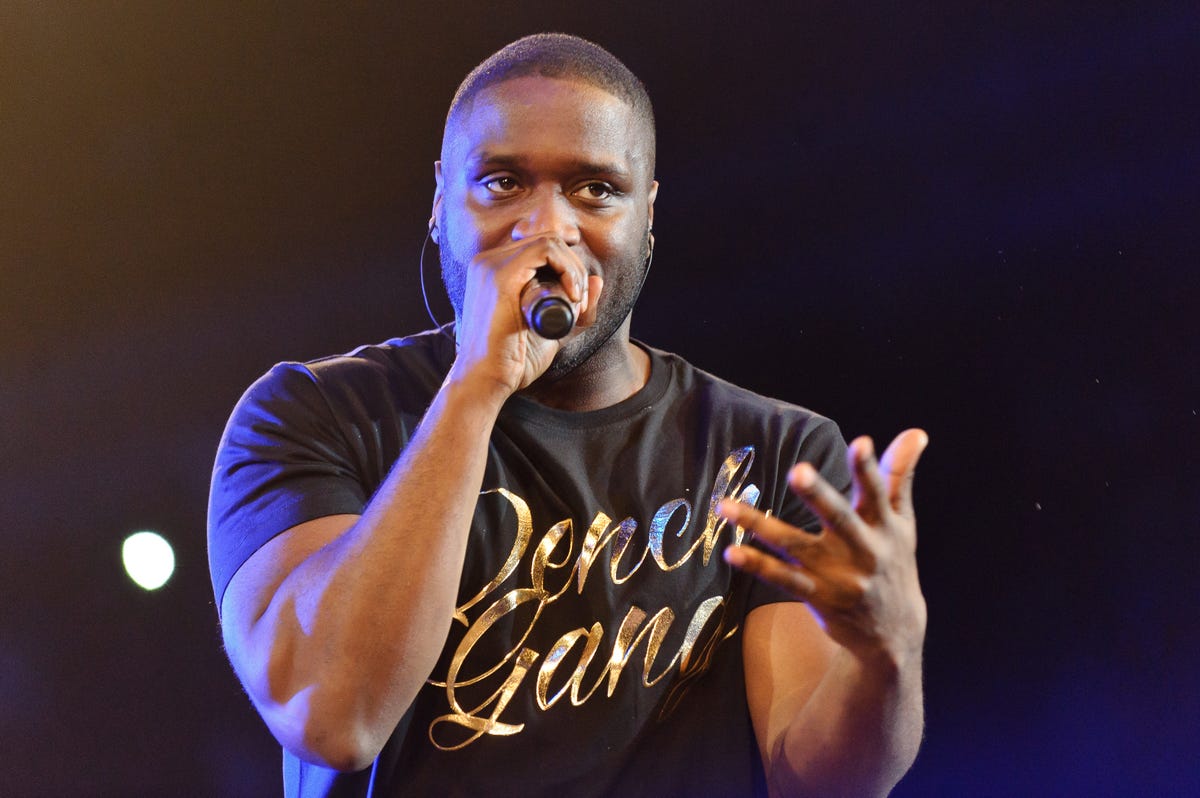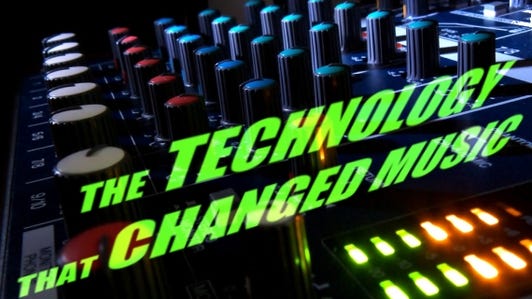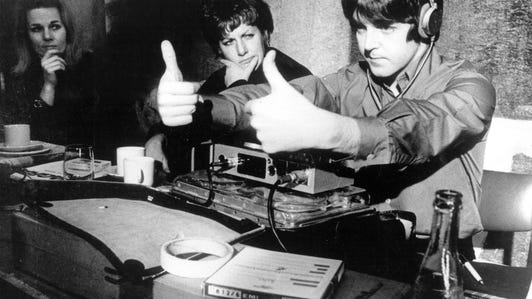
Joseph Okpako, Redferns via Getty Images
The digital era has turned the music industry upside down — and it’s even redefining what makes a hit record. But that doesn’t have to be a bad thing, as streaming offers long-term benefits the traditional record industry could only dream of.
That’s the message from a panel of industry insiders at music conference and festival The Great Escape in Brighton.
“We’ve built this hits-based industry and it doesn’t work for streaming — longevity is where streaming really comes into its own,” says Sammy Andrews of record label Cooking Vinyl, who participated in the panel with representatives of companies including Spotify and Warp records.
As artists, record labels, publishers, promoters and other music types gather by the English seaside, the changes wrought by digital music and streaming services permeate every debate. With revenue from digital music matching money made from the sale of physical media for the first time in 2014, it’s clear that streaming is hugely important to the recording industry. What the industry needs to do is examine how services like Spotify, Tidal or Deezer redefine what a hit record is and how it makes money.
From wax cylinders to Auto-Tune: The technology that changed music






Digital music challenges the traditional ways of doing things. “A good example is YouTube star KSI,” says Adam Cardew, digital director at Absolute Label Services. “He wanted to release a single, but he wasn’t interested in the OCC (Official Chart Company) charts, he was interested in the Spotify viral chart…You have to look at the artist and at the fan base. There are different aims we’re working towards now and it doesn’t all happen in the first week of release.”
The potential long-term value of streaming challenges the traditional process of releasing a single in a blaze of publicity and aiming for a high entry to the charts in the week of release, after which sales are expected to tail off.
“In the past it was a lot easier to think about a fan essentially as a sale,” says Will Hope, director of label relationships at Spotify. “They go and buy [a record], that’s it, and you don’t have to worry about them ever again. And it meant that the economic value of every fan is the same.
“Now a fan equals someone who’s going to play something a lot over a long period of time, and the economic value of each fan is variable. Are they a daily listener? Are they a weekly listener? It’s a far more nuanced relationship between artist and fan.”
So how does a streaming hit happen? Spotify tracks the way a popular track grows by looking at where listeners are playing it. When a new track arrives, it’s largely played from the artist page as listeners seek out the track having discovered it elsewhere, such as in the music press or in a club. “A track is discovered and saved by early adopters,” says Hope, “and then they share it.”
Songs can also be promoted, appearing in playlists made by users or by Spotify, such as the ever-updating playlists of new or popular music highlighted on Spotify’s front pages. An example of this is last year’s hit “Take Me to Church” by Hozier: the song was “power-seeded” on Spotify’s own curated playlists, and a whopping 46 per cent of the first plays for the song came from a playlist.
These curated playlists are updated regularly to add new music, making them in some ways an equivalent to the traditional charts. Promotion in a chart-style playlist is useful for getting the track into listeners’ ears, but in order to ensure people continue to listen to a track — so it continues to earn money — it has to become a fixture in listeners’ own collections. “You need to get a song in playlists that don’t change,” says Hope. He picks out Kygo’s “Stole the Show” as a song that Spotify promoted, which led to more people saving the track in their own libraries. “Libraries are key,” continues Hope, highlighting the Mark Ronson and Bruno Mars hit ‘Uptown Funk’ as a track that “remains a staple in people’s libraries and playlists.”
With so many demands on our attention, what keeps a fan interested? Says Hope: “Varied content is key in driving engagement” — marketing speak for giving people more new fun stuff. That new fun stuff can be further releases, sessions and so on. Leah Ellis, head of UK PR at Warp Records, identifies ways to get fans’ attention, like new videos, awards, end-of-year lists, or competitions on Facebook. She describes these as a “lot of different building blocks that are viable for the fan, for the artist and for radio.” These ways of reaching listeners are especially important for artists who, like many of those experimental or out-there acts on Warp, “aren’t radio-single-friendly.”
Cardew offers the example of a forthcoming grime compilation for which the compiler of the mix tape recorded a commentary talking about what happened behind the scenes with the album. Cardew also suggests artist-created playlists of the music that influences them. “It’s not going to get you any new fans but does speak to your current fans.”
Put the needle on the record
- Streaming could save the record industry, says one insider
- Attention, artists: Streaming music is the inescapable future. Embrace it
- Taylor Swift is right about music, wrong about Spotify, says CEO Ek
- Apple asking for exclusive tunes to amp up Beats Music, report says
- Jay Z’s Tidal music service makes star-studded splash
“It would be nice for some of the streaming services to give us a little more access to the fan bases that we’re pushing their way,” notes Andrews. “I’d love to be able to email the people who’ve listened to the album 20 times and say we’ve got some more stuff on the way.” However, Ellis cautions against bombarding fans.
With all these new and varied ways of reaching fans, you might think the single as we know it is dead. But that’s not necessarily the case. Artists and labels “aren’t necessarily chasing the singles charts anymore,” says Hope, “but we need those moments to talk to people about.” And Andrews points out that “radio is still really important. It can still fuel Spotify or another streaming service, or the other way around.”
Digital not only changes the way hits work, but how flops do too. When a song is released, data can be collected to see if it works. “If we see streams coming from our programmed playlists but not from people’s own music,” says Hope, “we can report back to the label it’s not really sticking and they can try another single.”
“The data is amazing,” says Andrews. “We can see when a band goes on tour, we can see the streaming, we can see who the fans are. We’ve never had so much amazing data.” Cardew talks about how that data was recently used by grime artist Lethal Bizzle. “We looked in our online hub and said ‘have you seen that you’re getting a lot of streams from Coventry?’ He hadn’t booked a date in Coventry so he set up a show.”
Digital music has already changed the recording industry beyond recognition, but the transformation is ongoing. “Streaming needs nurturing,” says Andrews. “We’re so early in this…for it to work properly it needs to be nurtured.”




